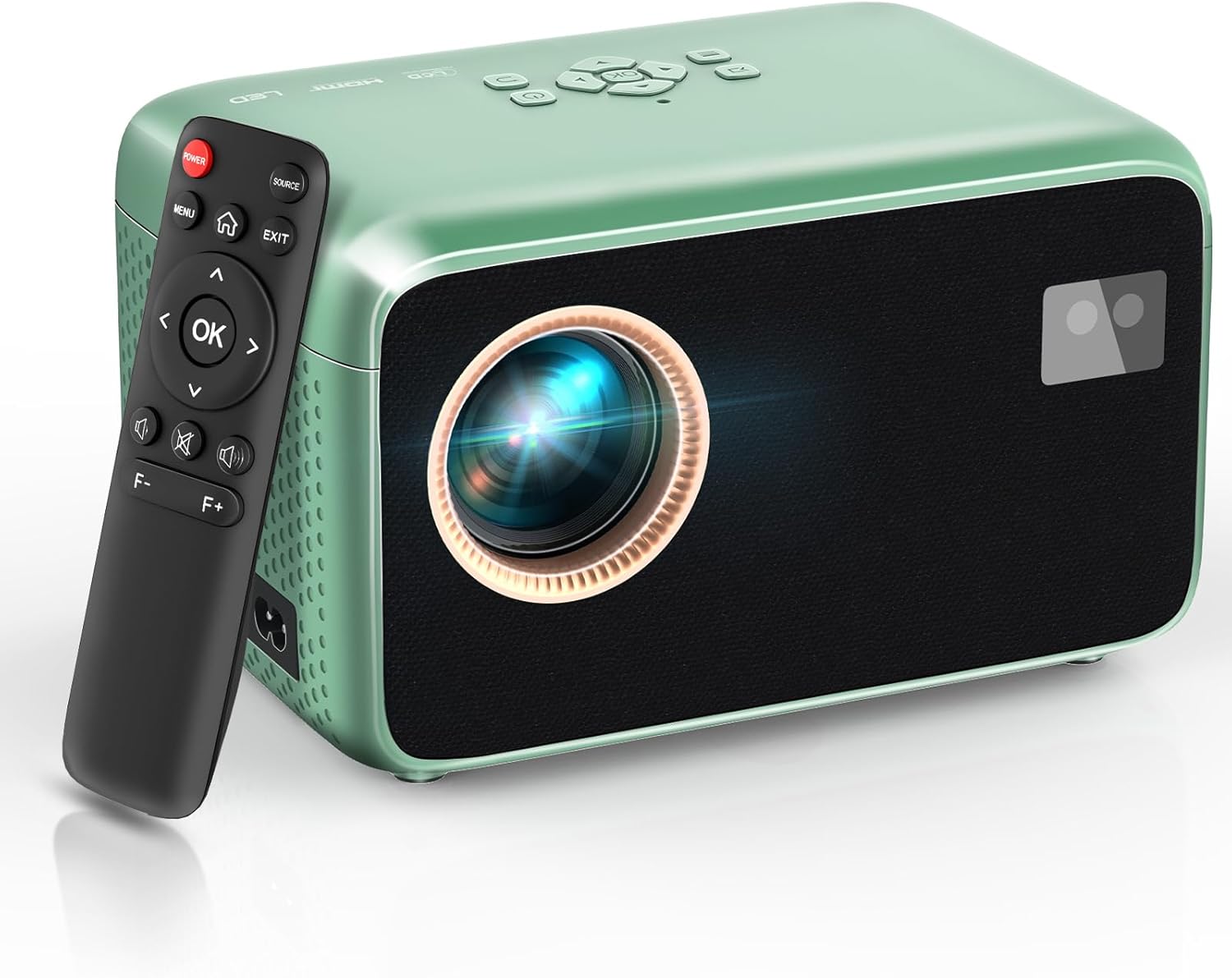
The concept of affordable projection is being redefined thanks to a new generation of portable projectors priced around $400. Contrary to previous expectations for budget-friendly options, these compact devices are delivering unexpected levels of quality, making them a compelling choice for home entertainment and professional presentations alike. Reviews from tech publications and online channels in late 2024 and throughout 2025 have highlighted significant improvements in image clarity, brightness, and smart features, signaling a notable shift in the market.

The Rise of the $400 Projector
The portable projector market is experiencing a surge in popularity, driven by advancements that bring higher quality to lower price points. What was once considered a compromise in performance is now a viable option for consumers seeking versatility and affordability. Several key players are contributing to this trend, and the impact is being felt across various sectors.
Key Players and Their Roles
A diverse range of manufacturers are actively competing in this space. Brands like Anker Nebula, XGIMI, AAXA, ViewSonic, WiMiUS, and Epson are at the forefront, each offering models that aim to balance price and performance. According to reviews published by CNET, What Hi-Fi?, and PCMag, these brands are pushing the boundaries of what’s possible in the $400 price range. Furthermore, numerous tech-focused YouTube channels are contributing by providing hands-on reviews and demonstrations, helping consumers make informed decisions. The primary beneficiaries are consumers who are gaining access to versatile and affordable projection solutions that meet a variety of needs, from home entertainment to professional presentations.
Unexpected Quality: A Closer Look
The term “unexpected quality” refers to the substantial improvements observed in image clarity, brightness, and smart features of these projectors. Where previous models in this price bracket often compromised on performance, current offerings boast impressive specifications. Many now feature native Full HD 1080p resolution, delivering sharp and detailed images. Brightness levels have also seen significant gains, with many models achieving several hundred ANSI lumens, making them suitable for use in moderately lit environments. Enhanced contrast ratios contribute to a more cinematic viewing experience. Some projectors even incorporate smart TV platforms like Android TV, providing seamless access to popular streaming services without the need for external devices. This convergence of features and performance is reshaping consumer expectations for budget-friendly projectors.
Factors Driving the Quality Surge
Several factors have converged to enable this leap in quality within the $400 price range. These advancements are a result of technological progress, increased competition, and evolving consumer demands.
Technological Advancements
Significant improvements in DLP (Digital Light Processing) and LCD (Liquid Crystal Display) projection chips have played a crucial role. These advancements allow for higher resolution and better image quality in smaller form factors. Furthermore, more efficient LED light sources are being utilized, providing increased brightness while consuming less power. These technological innovations are the foundation upon which the improved performance of these projectors is built.
Increased Competition
The portable projector market has become increasingly competitive, with numerous manufacturers vying for market share. This competition is driving innovation and pushing prices down. As companies strive to offer the best possible product at the most attractive price point, higher-quality components become more accessible in the budget segment. This competitive landscape benefits consumers by providing them with a wider range of options and better value for their money.
Evolving Consumer Demands
The demand for portable home entertainment, educational tools, and flexible presentation solutions is growing, particularly in an increasingly digital world. This demand is incentivizing companies to invest in the portable projector market. Consumers are seeking versatile devices that can be easily transported and used in various settings. This shift in consumer preferences is fueling the growth of the market and driving manufacturers to develop products that meet these evolving needs.
Impact on the Projection Market
The availability of high-quality portable projectors at a $400 price point is having a significant impact on consumer choices and the overall projection market.
Shifting Consumer Preferences
The affordability and portability of these projectors are making large-screen entertainment and professional presentations more accessible to a wider audience. Consumers no longer need to invest in bulky, expensive traditional projectors to enjoy a cinematic experience or deliver engaging presentations. This accessibility is democratizing the projection market and empowering more individuals to embrace this technology.
Market Growth and Future Projections
The portable projector market is experiencing substantial growth, and this trend is projected to continue in the coming years. According to market analysis reports, the global portable projector market is expected to expand significantly in the forecast period of 2025-2034, reaching an estimated value of around USD 4.00 billion by 2034. This growth is a testament to the increasing popularity and versatility of these devices.
Conclusion
The emergence of high-quality portable projectors in the $400 price range represents a significant shift in the consumer electronics landscape. Driven by technological advancements, increased competition, and evolving consumer demands, these devices are redefining expectations for budget-friendly projection solutions. As noted by reviewers at CNET, What Hi-Fi?, and PCMag, consumers can now enjoy a surprisingly cinematic experience and versatile functionality without breaking the bank. With the portable projector market poised for continued growth, it’s clear that affordable, high-quality projection is becoming a mainstream reality.

